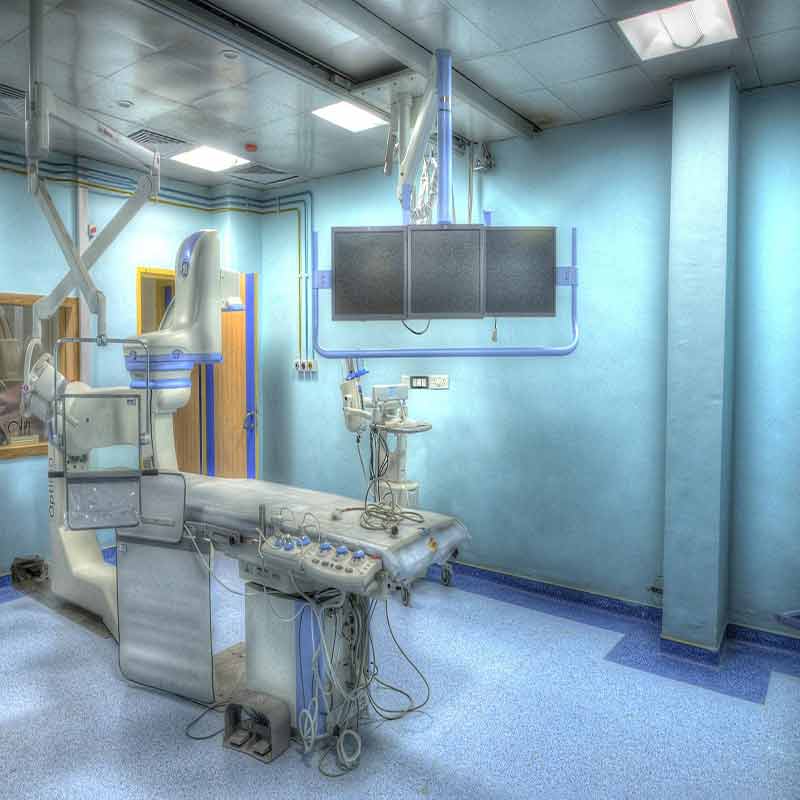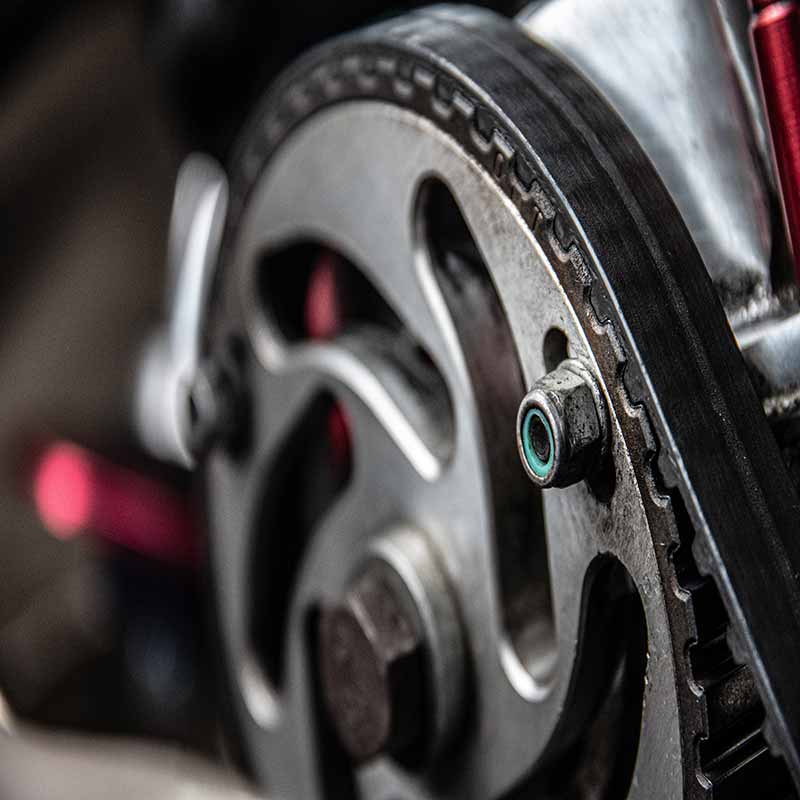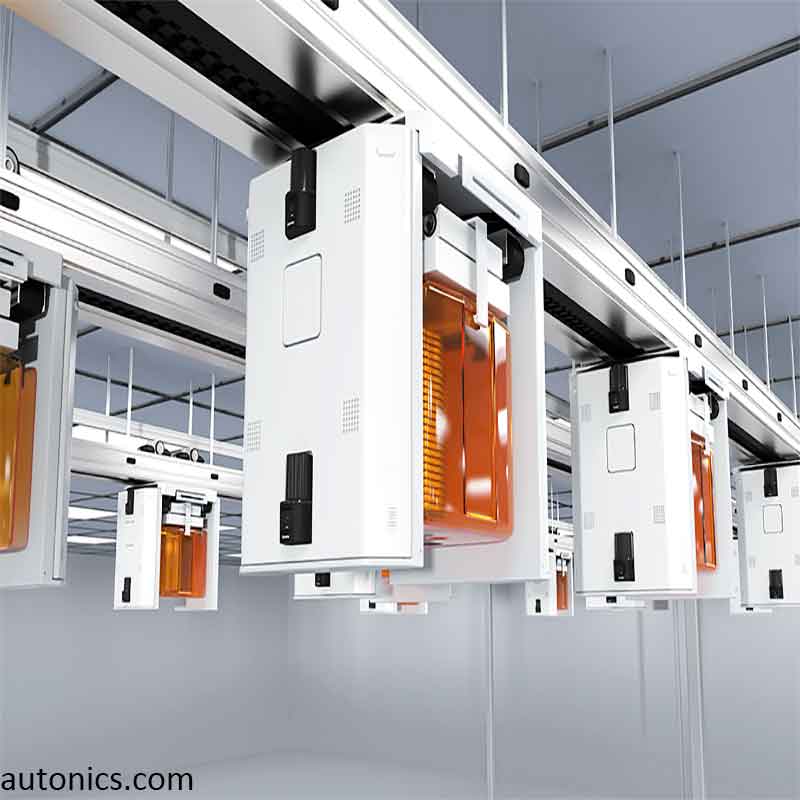Warranting Utilization of Appropriate Cannulas during Robot-Assisted Laparoscopic Surgeries
To carry out robot-assisted laparoscopic surgery, cannulas of many distinctive types, each individually recognized via grooves and ridges machined into the space clamped by the robotic member are applied. Surgeons need to use sensors to confirm that a trocar or cannula with proper diameter and length has been loaded into the robotic member before insertion into the body cavity.
Because, if the incorrect type of cannula is equipped it can be too tiny for the devices needed or too huge for the intended procedure, with potential damage to surgical outcomes.
Inductive sensors, optimized for multiplied working distance, are set up in the robotic member to figure out the absence or presence of machined ridges and grooves in the cannula. Because of the area limitations, these 6.5 mm diameter sensors are boarded side by side with no spacing, basically violating mounting rules. To minimize the probability of cross-talk or mutual interference the sensors are powered on and off sequentially and their output status monitored.

Due to the Sensor data sent to the control system, device movements within the patient’s body will be dimensionally appropriate and the internal size of the cannula is enough for access of the surgical devices needed.
Do You Need Help For Field Installation?
We have thought everything through, submit your request for an on-site support.
Do You Need More Solutions? Have a Look at Our Vast Applications

Minimizing the Cost of Quality through In-Process Position Sensing

Minimizing Expenses and Saving Space in Contactless Hand-Sanitization Equipment Using Compact Dual-Mode Photoelectric Sensors

Selected Applications From Semiconductor/Display Industry
Related Products
